On This Day…May 18th.
Two British soldiers run the rule over a knocked out Sturmgeschütz 75mm Stu.k
In Aquino, Italy, 1944.
1916 – on May 18th, Kiffin Yates Rockwell becomes the first American to claim an air victory when he shoots down a German plane over the Alsace battlefield in France. He was awarded the Médaille militaire and the Croix de guerre.
First flight of the Saab 17 on May 18th, 1940. Not exactly a beauty, especially with those legs...
USS Missouri (BB-63) moored in Apra Harbor in Guam, Mariana Islands, On 18th May 1945. In the background is hospital ship USS Hope (AH-7) and two Casablanca-class escort carriers to Mighty Mo’s portside.
Messerschmitt Bf 109E3 of 5.JG26 (Black 3+-) Pilot Walter Schneider on 18th May 1940. Below is his Fw 190A-1, ‘Yellow 1" of JG 26 in November 1941, which showed nineteen victory markings on its yellow rudder. He was killed shortly after in a crash following victory number 20.
Atmospheric shot of a lone F4F Wildcat taking off from Enterprise's flight deck, 18th May 1942. In mid May, after missing the Battle of the Coral Sea, Enterprise and Hornet made a ‘feint’ for the islands of Banaba and Nauru, causing the Japanese to back off from their own intentions with these islands.
From there, they made way to Pearl in preparation for the battle of Midway.
Men of the US Army 11th Field Artillery Regiment sitting on a gun, US Territory of Hawaii, 18 May 1938.
An interesting photo taken at the 389th Bomber Group in Norfolk, England. The crowd was gathered to see Generals Carl Spaatz and James Doolittle give medals for the previous year’s raid on the Romanian oil refineries of Ploiesti. Five Medals of Honor and 56 Distinguished Service Crosses along with numerous others awards were awarded to ‘Operation Tidal Wave’ crew members.
Because of the strategic significance of the oil factories (the nine distinct refineries produced some 30% of the Axis oil needs) the air and land defences around the factories were unmatched. The refinery system was protected by several hundred large-caliber 88mm guns, 10.5 cm FlaK 38 anti-aircraft guns, and countless small-caliber guns; the smaller artillery concealed in haystacks, railroad cars, and mocked-up buildings. The Luftwaffe had three fighter groups within flight range of Ploiești (52 Bf 109 fighters and Bf 110 night fighters, and several Romanian IAR-80 fighters).
More of this later in the year in ‘OTD...’ but the Ploiesti raid was an unmitigated disaster, with the the USAAF suffering their second highest losses of any raid in the European Theatre. Of 162 B-24s that reached the target 53 were destroyed and 55 returned damaged. 440 US airmen were killed with a further 220 captured or missing in action. The refinery didn’t lose a single day of production.
In the early hours of 18th of May 1943, eight Hawker Typhoons left West Malling, England, led by Squadron Leader Leo de Soomer. They attacked the airfield at Poix in Picardy, each releasing their 227kg bombs on the first pass.
Flak over the area was intense and one Typhoon, R8979 QO-N, piloted by 21 year old Flying Officer Douglas Ross (Eppie) Hall DFC from Auckland, New Zealand, was brought down.
The remaining seven were due to regroup, when they were jumped by Fw-190s, resulting in the loss of four aircraft. Five pilots, including 25 year old Flying Officer Leonard Gill in Typhoon R8835, QO-M were killed in a terrible day for 3 Squadron.
The Birth of a Fighter Legend’ by artist Heinz Krebs. Depicts the first sortie by Gunther Rall on May 18th, 1940, a pilot who would become the third highest scoring Luftwaffe ace.

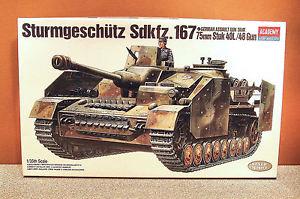
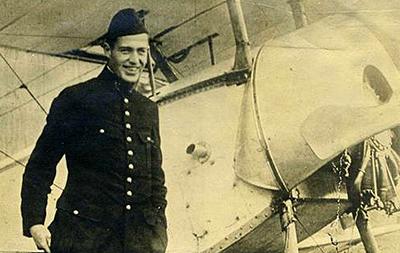
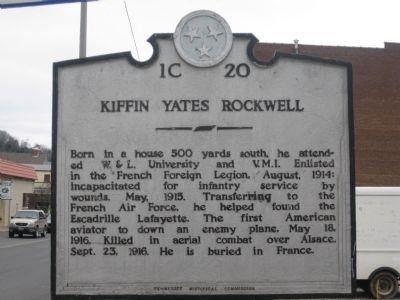
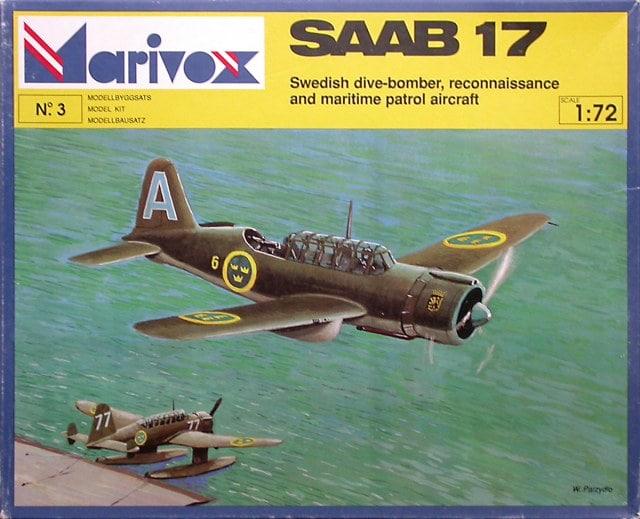
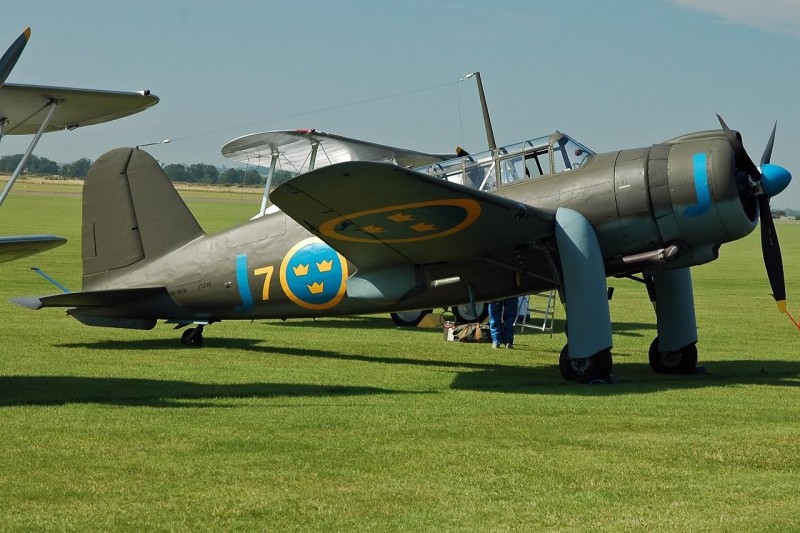
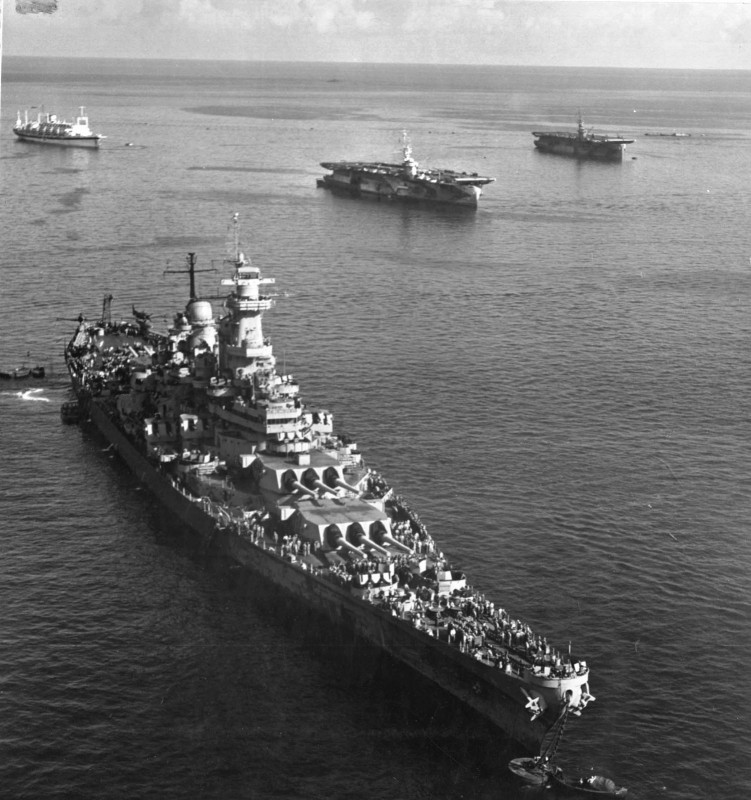
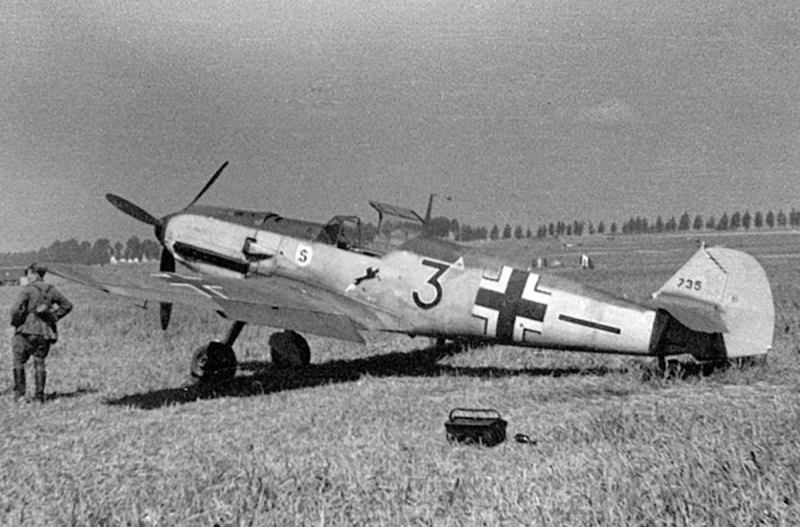
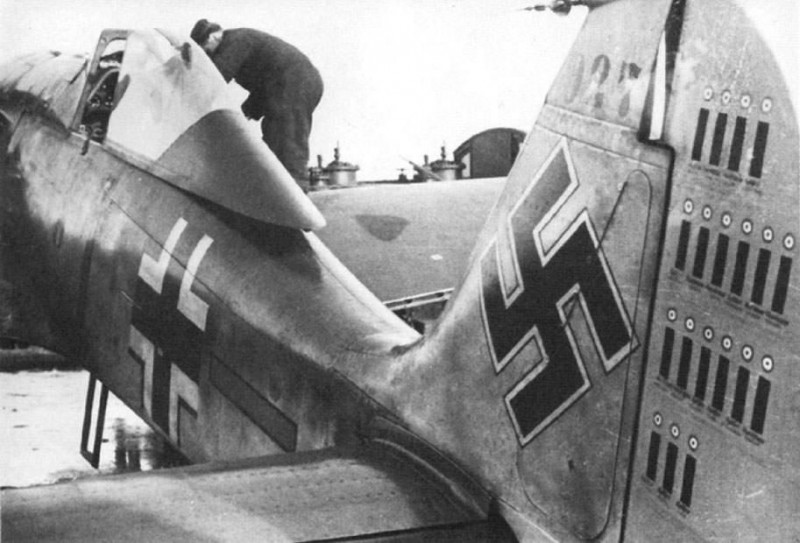
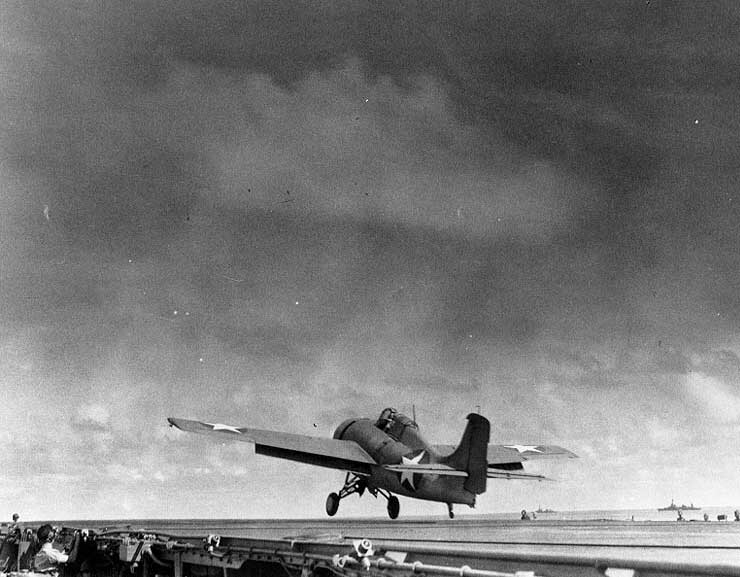
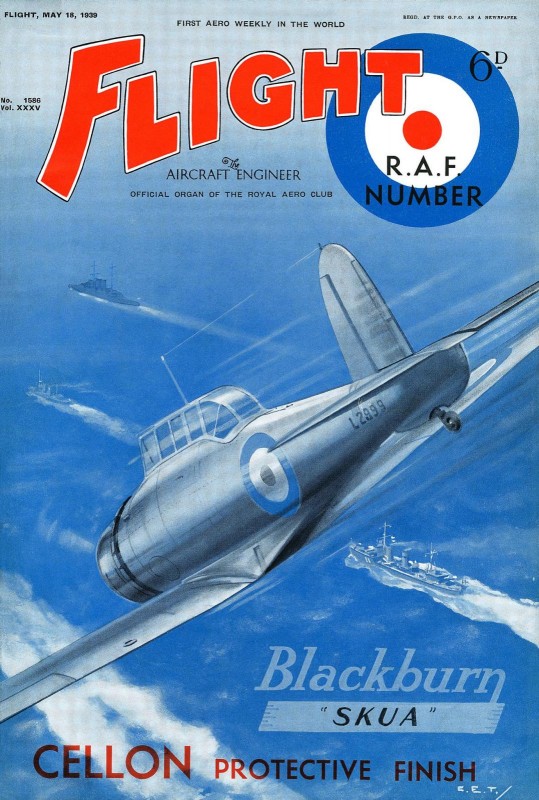
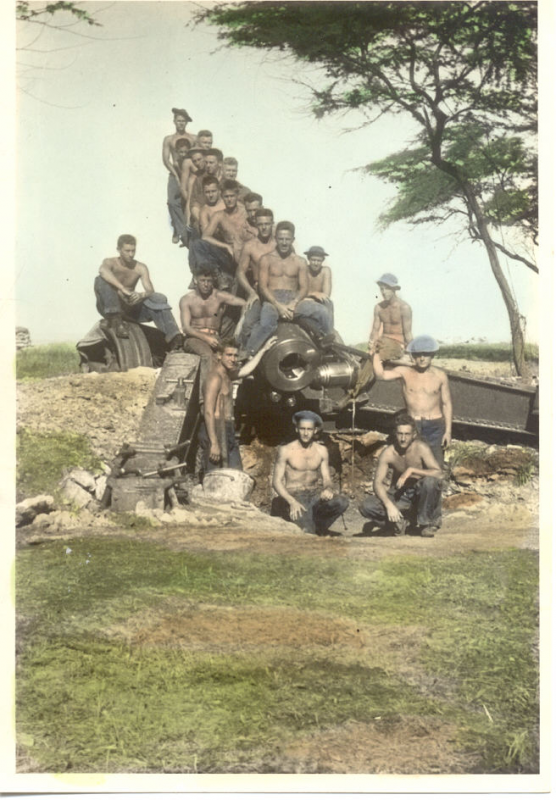
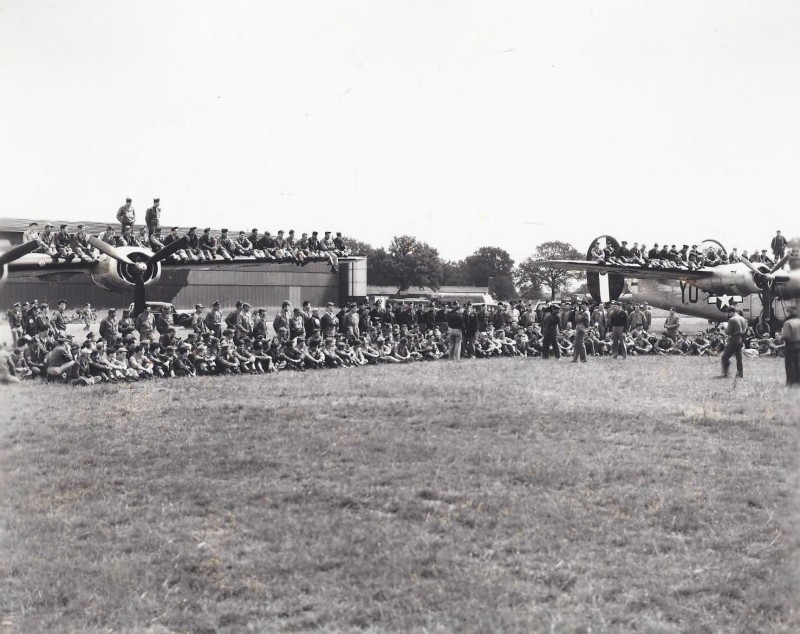
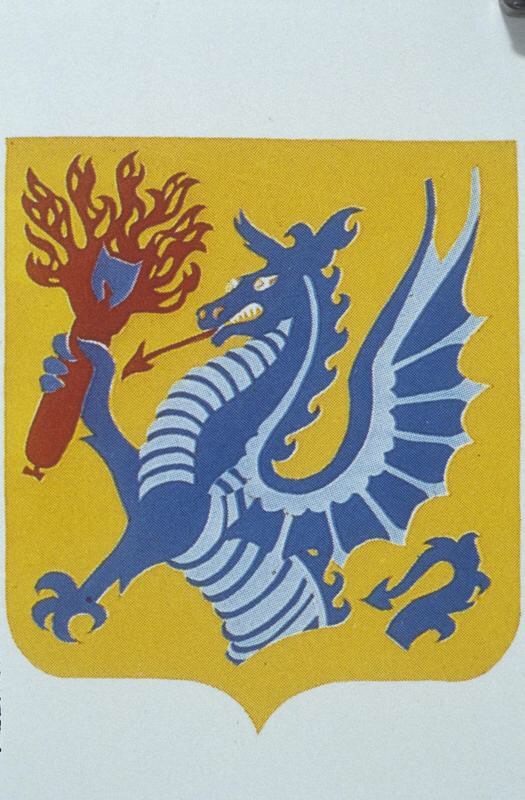
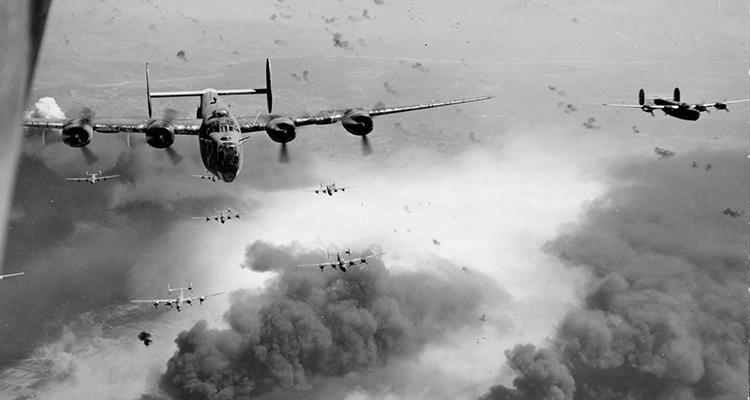
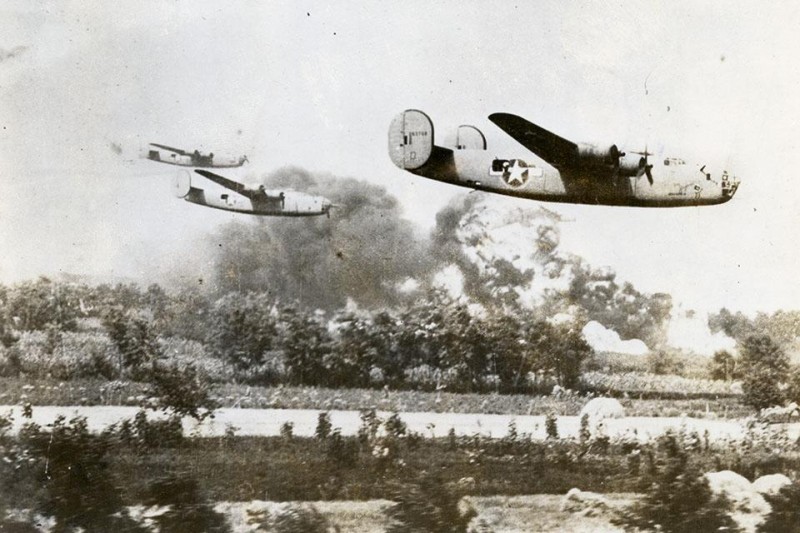

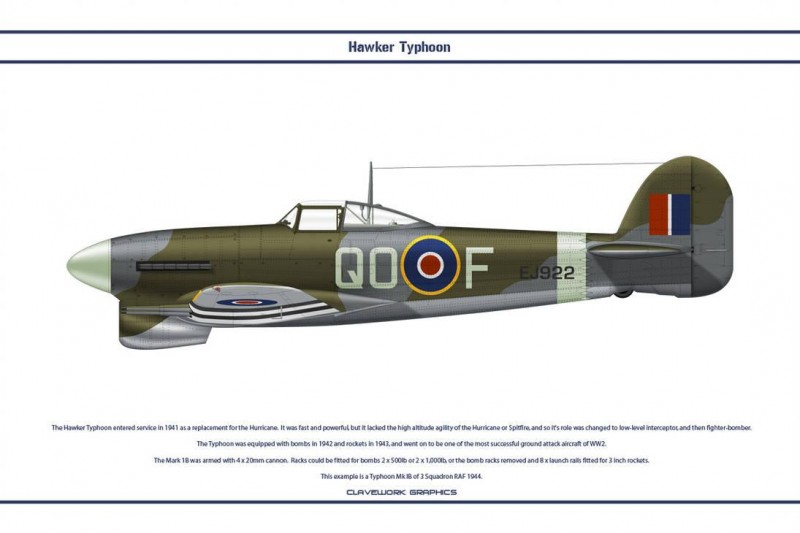
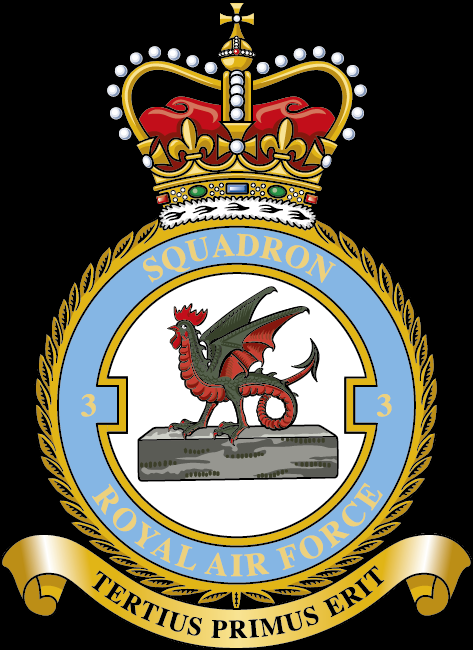
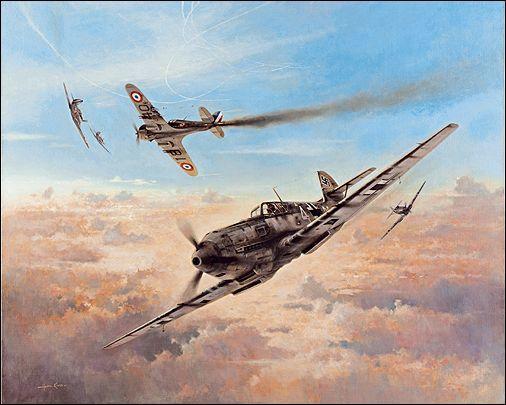
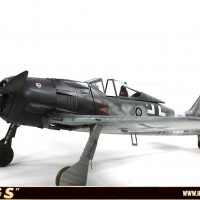
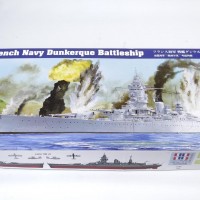
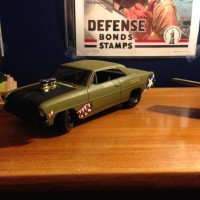

Another splendid assortment of pictures David. Must say I eagerly wait the Ploesti OTD. That knock-out Sturm photo is amazing. Equally interesting is the Emil without swastika, first one I recall seeing from that unit (JG/26)
Thanks, Pedro. I confess to having a wager with myself posting these photos and reports, wondering if iModelers will pick up on some of the more interesting details - sometimes I’m right on the money. I did wonder if the Emil’s lack of a swaztika had any correlation with Schneider’s surname. Possibly just reading too much into it. I’m surprised the party enforcers allowed this to happen, especially in 1940.
The leader of JG 53 in 1940 was a known anti-Nazi, still in command, and none of the JG 53 109s carried a swastika while he was in command. Yeah, a very strange thing.
Another good one David.
My Dad had a childhood friend who flew in B-24's as a radio operator / top turret gunner. His name was Clark Ingram, and he flew with the 98th Bomb Group out of Libya. He flew in the Ploesti Raid mission as part of the "Pyramiders".
Later he was shot down over Italy and became a POW. He was shot down in this plane, a B-24D named "Chief", about a month after the Ploesti Raid on Sept. 3rd, 1943, by a German pilot named Johannes Burda, who was at the time flying a Bf-109 G-6 with 11/JG-3 out of San Severo, Italy.
SSGT Clark spent the rest of the War as a POW and was finally repatriated by British Troops under "Monty" in 1945. They say he weighed only 100 pounds at the time of his release. He was also part of the "Shoe Leather Express" in early 1945 where the Germans were force marching POW's from various locations to keep them from being Liberated by the Allies.
Here's a part of an article I copied to give more details.
S/Sgt Clark Ingram ended up in the infamous German POW Camps- Stalag Luft 6 and 4- in Germany until April, 1945. In February, 1945, the Germans evacuated the POWs in what became known as the “Shoe Leather Express”. This freezing and cruel “Death March” lasted 44 treacherous days for S/Sgt Ingram until he and other POWs were finally liberated on April 16th at 11:15 by Monty’s (British General Montgomery’s) 2nd Army. On the second of May, Clark while in a convalescent hospital in England (he weighed but 100 pounds when liberated)
I have plans to build up a model of "Chief" someday...using a Monogram 1/48 kit.
Thanks for this, Louis. Every day, more or less, you add to this series in way that makes me really pleased to have started this thread.
Thanks,
David.
one of the lessons of ploesti was to get the turret into the nose of the b-24 as the Germans loved those head on attacks...and don't forget Marseille was an anti-nazi, jazz playing "peck's bad boy" with a proclivity for speaking his mind to anyone who would listen...he even got a little fresh with Hitler on occasion and had a lot of enemies... the S.S. especially didn't appreciate his attitude so even Germany had their rebels
Great report, David.
As a side note, after my Father & Mother divorced, Mother eventually re-married. I never called him my "Step-Father" because we weren't overly close but we talked of many things. He was a nose-turret gunner on B-24s and although I don't remember his unit, nor can I find the sheet of paper (Government issue) he had with all the bombing missions he flew, but I remember he said they went to Ploesti and "it was damned tough!"
Yes, that was tough in every sense of the word, Jeff. Thanks you old tanker...
Well - you send me on a goose chase for the Saab 17! I'll have to start looking harder at contests and used kit sellers...!
Hi Greg. It’s great to see an unusual subject - I didn’t even know such an aircraft existed before - but can’t say I’d want to make one...